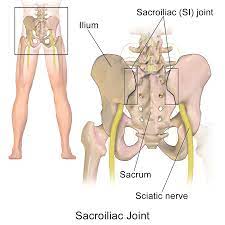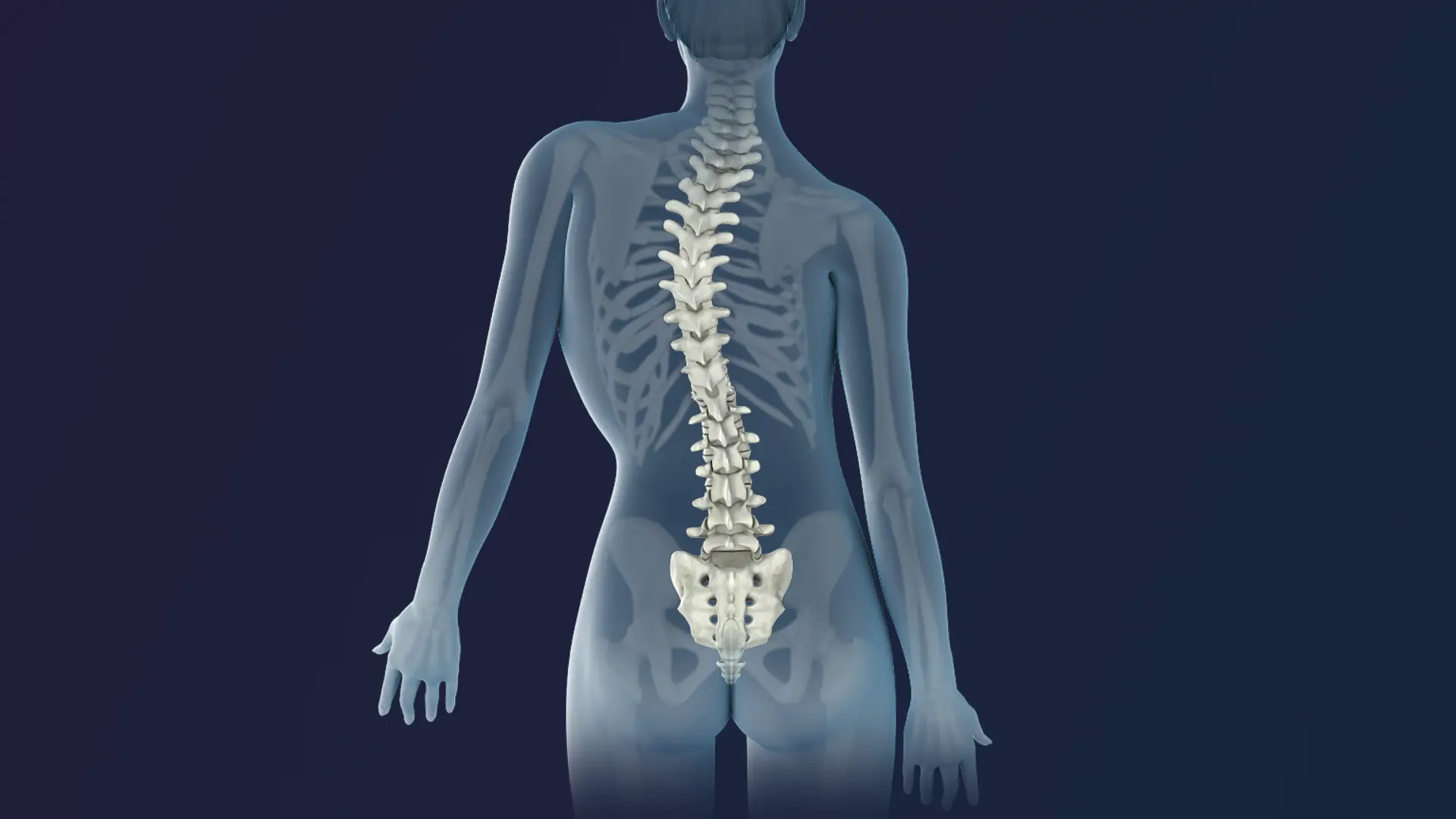Chiropractic care is an excellent option for those who suffer from SI joint pain. A chiropractor can help to reduce pain and improve mobility by providing manual, hands-on adjustments to the spine and pelvis.
This helps to restore alignment and balance, thus reducing the strain on the SI joint. Additionally, a chiropractor may provide additional treatments such as massage therapy, ultrasound, or electrical stimulation to help with muscle relaxation and improve circulation in the area. With regular visits, a chiropractor can help to reduce inflammation and pain while restoring normal function in the SI joint.
Furthermore, a chiropractor can also offer advice on exercises and lifestyle changes that can help manage SI joint pain in the long term.
What Is the SI Joint?
The SI joint, also known as the sacroiliac joint, is a large joint located between the spine and the hip bones. It connects the sacrum, which is at the bottom of the spine, to each side of the ilium or hip bone. In some cases, this joint can become inflamed and cause SI joint pain.
If you’re experiencing this type of pain, it’s best to visit a chiropractor for diagnosis and treatment. They may use techniques such as manipulation to reduce inflammation and improve mobility in the area around your SI joint.
Physical therapy may also be used to strengthen muscles that support it and provide relief from any discomfort. If you think you might have an issue with your SI joint, make sure to talk to a healthcare professional who can help determine what’s causing your pain and suggest treatments that will work for you.
What causes sacroiliac joint dysfunction?
Sacroiliac joint dysfunction is a condition in which the sacroiliac joint, located between the sacrum and the ilium bones of the pelvis, does not properly align or move. This can be caused by ligament laxity, osteoarthritis, trauma or pregnancy.
Ligament laxity occurs when ligaments become overly stretched, which then results in instability of the joint. Osteoarthritis is a type of arthritis caused by wear-and-tear on the joint that results in inflammation and pain.
Trauma to the area can also cause misalignment and pain as well as pregnancy due to hormonal changes that occur during this time. Sacroiliac joint dysfunction can cause pain in the lower back, buttocks, hips and legs that can range from mild to severe depending on how much misalignment there is in the joint. Treatment includes physical therapy, medications and possible injections to help reduce inflammation and improve mobility of the joint.

What are Treatment Options for Sacroiliac Joint Pain?
Sacroiliac joint pain, also referred to as SI joint pain, is a common source of lower back and hip pain. Fortunately, there are several treatment options available to reduce this type of pain, providing relief from the discomfort it causes.
Non-invasive treatments such as chiropractic therapy, physical therapy, and other forms of manual manipulation or adjustments can be used to help improve the function of the sacroiliac joints and reduce pain.
Anti-inflammatory medications and cortisone injections may also be prescribed to provide temporary relief from symptoms. Additionally, activity modifications such as avoiding certain movements or activities that aggravate the area can help alleviate discomfort in the sacroiliac joint. While these treatments are often effective for treating sacroiliac joint pain in many cases, severe cases may require surgical intervention for long-term relief.
Do I Have SI Joint Pain?
Do I have SI joint pain? SI joint pain is a type of low back pain that can cause discomfort in the lower back area. It is caused by inflammation or damage to the ligaments around the SI joint, causing pain in the pelvis.
This type of back pain is often difficult to diagnose, as it can be confused with other types of low back pain. However, there are certain signs and symptoms that may indicate SI joint pain, such as sharp or shooting pains in the lower back area which may be worse on one side.
To relieve symptoms, your doctor may recommend physical therapy and anti-inflammatory medications. They may also suggest additional treatments such as injections or surgery if necessary. It is important to consult your doctor if you think you are experiencing SI joint pain so they can determine an appropriate treatment plan for you.
What aggravates SI joint pain?
Si joint pain can be very aggravating and difficult to manage. It is caused by inflammation of the sacroiliac joint, which is located in the lower back where the spine meets the pelvis.
This can cause a number of symptoms including pain that often radiates from the lower back to one leg. Other symptoms may include stiffness, swelling, and restricted movement.
Certain activities or positions can aggravate si joint pain, such as bending or twisting for extended periods of time, sitting for too long, exercising without proper form or stretching beforehand, lifting heavy objects incorrectly, and having poor posture. The pain may also be worsened by trauma or injury to the area. People with si joint pain should avoid activities that put too much strain on their lower back and pelvis while they are dealing with their condition.
Does stretching help SI joint pain?
Stretching can help alleviate the pain associated with sacroiliitis, or SI joint pain. This type of joint pain is often caused by an imbalance of the muscles in the back and hips that support and stabilize the pelvis.
The sacroiliac joint is a key component to good posture and alignment, so it can be very difficult to manage without proper treatment. A chiropractor or other chiropractic specialist may be able to advise on proper stretching and strengthening exercises that can help reduce the discomfort associated with SI joint pain.
Additionally, specific stretches may target the problem area directly, providing relief from pain.
Stretching can also help loosen tight muscles and improve flexibility, both of which are important for maintaining healthy joints. If you have been experiencing chronic SI joint pain, consulting a professional is a great way to determine whether stretching can help reduce your symptoms.



